Treasure on the Swan
Buried treasure, the police, newspapers, and thieves.
Not being able to understand why such a thing should be done in so deserted a locality, they proceeded to investigate, perhaps having in their mind the recent burials of treasure in the sand on the reclaimed land by the river.
Treasure.
The word caught my attention as if it were gold itself—gleaming among other words, sentences, and paragraphs. My research for A Moora Mystery halted as my interest piqued. What treasure? Knowing that my mind would not rest until it had the answer, I began to search.
While treasure is defined as “wealth or riches stored or accumulated, esp. in the form of precious metals; gold or silver coin,” it is hard to not romanticise the word further. My imagination took the words ‘burials’ and ‘treasure’ and immediately associated them with pirates or chests of gold buried by shipwrecked sailors. If you are familiar with Western Australian history and the Dutch shipwrecks, the latter is not too far-fetched.
In this instance, the reporter was using the word ‘treasure’ sensationally. It clearly worked on me. While it took me a little while to find what they were actually referring to, I became so engrossed by the story itself that I thought I’d share it with you.
The Crimes
During the past week or two there have been reported several serious burglaries in different parts of the city and suburbs.
In the heat of summer, on 10 February 1909, Alexander and Florence Monger retired to sleep on the balcony of their home in West Perth. Florence got ready for bed and took off her jewellery. She left it in her room in the dressing table drawer and went outside. When she awoke, the drawer was wide open and the jewellery (worth about £600) was gone.
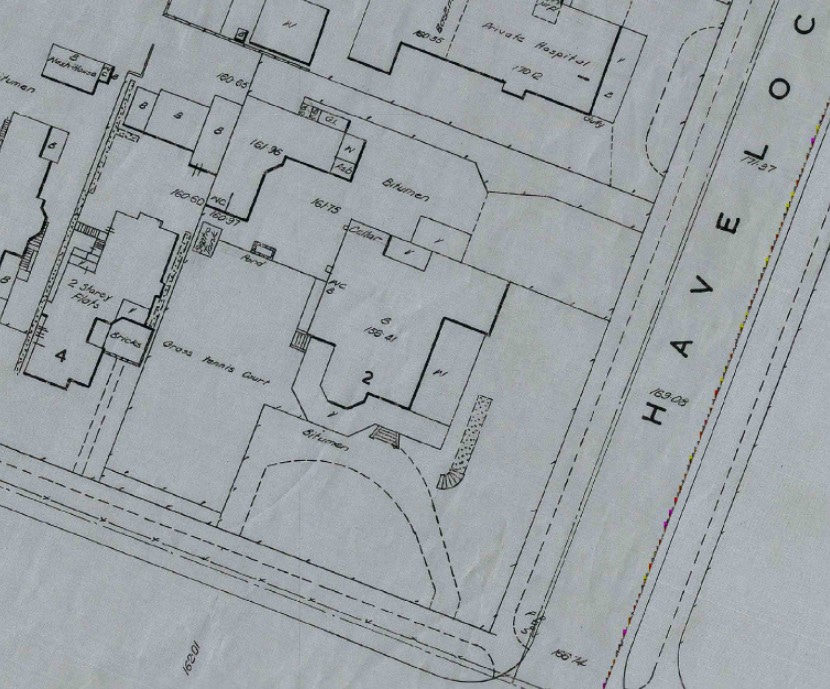
On 23 February 1909, Barnett Rosenwax awoke to find that his trousers were missing from the end of his bed. He wandered around his house and noticed a few things out of place. He continued looking for his trousers and eventually found them hanging up in the washhouse. He checked the pockets. The keys to his pawnbrokers’ shop were gone.
Barnett immediately left home and went straight to his shop at 166 Murray Street in Perth. His fears were realised when he arrived. The thieves had used the keys to open the premises and the safe. Brooches, bangles, chains, and rings made of gold, sapphire, ruby, pearls, and diamonds were gone. A list of the objects stolen filled two columns in the Western Australia Police Gazette. They were valued between £700 and £800.
An Arrest
Precious stones in great variety were also there - diamonds, emeralds, rubies, amethysts, sapphires without number, until one began to imagine that he had struck Aladdin’s cave.
The burglaries and the method of entering the houses while the occupants were sleeping were shocking. While a reporter for The Evening Mail was writing about Perth’s increasing fear, the police acted. On 8 March 1909, they arrested Henry James Donnelly and Walter Goodwin.
Proud of the detectives’ work, Inspector Robert Connell invited a reporter from The Evening Mail to view the recovered jewellery. They walked in to find it spread across one of the detective’s desks, glimmering and sparkling in the light. The detectives then shared the story of how they cracked the case. Interestingly, the police did not act alone. Numerous people, including a news vendor and a man on a bicycle, watched and followed the men around the streets of Perth. According to the reporter, it sounded “like a chapter from a romance.” Perhaps to us, it reads like something out of a detective novel.
The Investigation
A tram employee first pointed out Donnelly to Constable Aubrey Lamond at the end of February 1909. From that moment, detectives shadowed his every move. They watched and slowly gathered clues. As only some of the stolen jewellery had entered the market for sale, it meant the thieves had either smelted or hidden it. The police were determined to find it. They continued to follow Donnelly until he eventually led them straight to the ‘plant.’
Donnelly and Goodwin rented a room at 349 Hay Street, a few doors down from the Grosvenor Hotel in East Perth. A ‘friend’ of Detective Sergeant Harry Mann also took a room at the same house and proceeded to monitor their movements. He reported everything they did to the detectives.
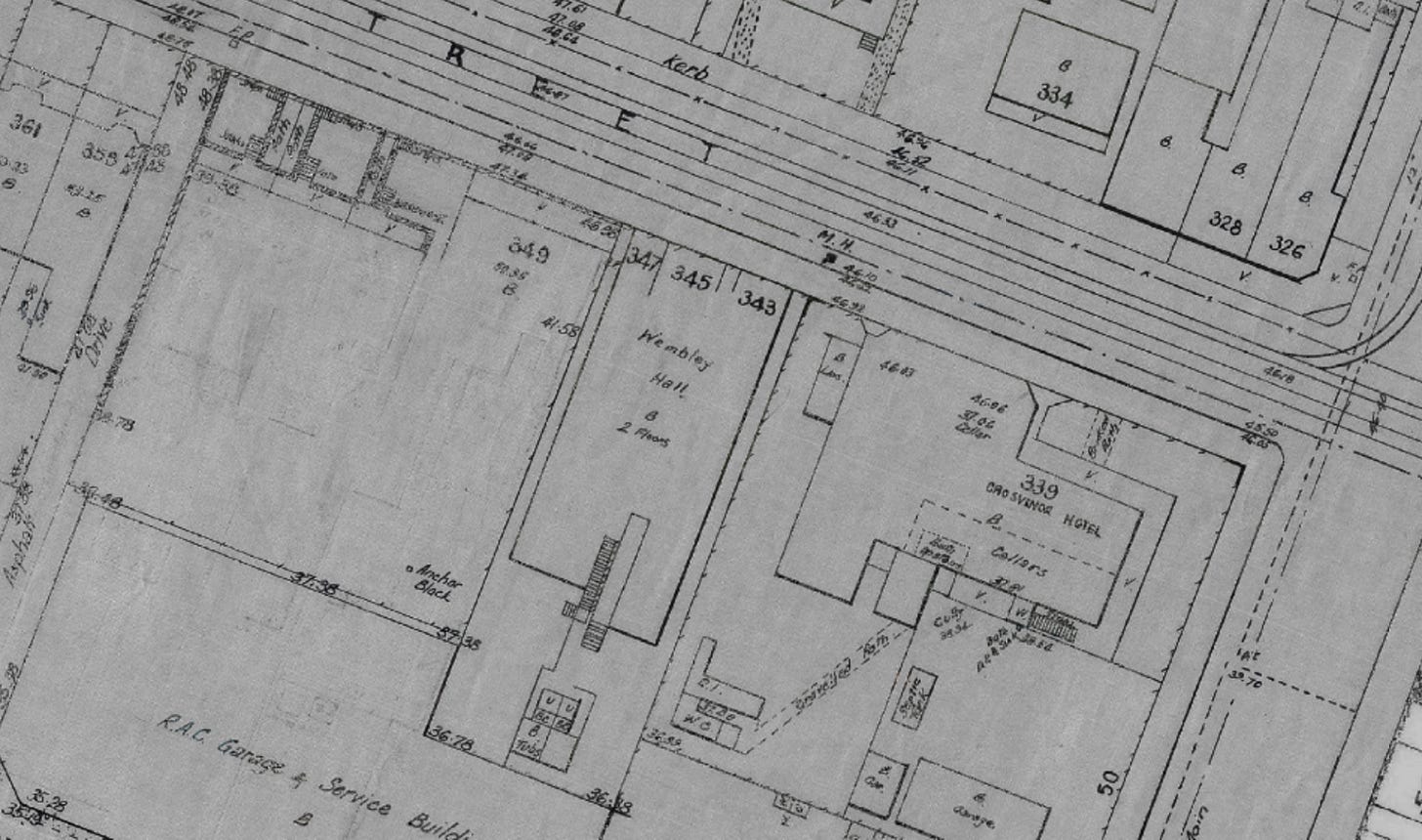
Wary of giving the game away, the police employed a number of other individuals. When Donnelly and Goodwin walked near the United Service Hotel at 4 pm on 8 March, a man on a bicycle followed them. After a little while, a young man in a sulky relieved him. A newsboy then took over. At 7 pm, they were observed walking down Victoria Avenue towards the Swan River.
In the 1900s, reclamation work was carried out along the Swan River foreshore to create recreation reserves. These reserves would eventually become the Supreme Court Gardens and Langley Park. The seclusion and the soft, sandy soil provided the perfect spot for Donnelly and Goodwin to hide their loot.

One of the spies for the Western Australian police quietly watched as the men started digging in one spot, collected a package, and reburied it close to Stanley Parker’s back fence. After a minute or two, they returned to their lodgings. Donnelly and Goodwin were just getting comfortable when Detective Sergeant Mann and Constable Lamond entered their room and arrested them.
The next day, the police returned to the spot near the river and began to dig. A foot below the surface, they uncovered a brown paper parcel and a billy can, both full of gold and jewels.
There was also smelted gold and beaten gold, as well as a number of stones, such as opals, rubies, and sapphires, which had apparently been removed from the rings, brooches, and bracelets which had been smelted or beaten out.
The thieves had buried nearly everything they had stolen from Mr Rosenwax, and the police expected that he should receive most of it back. Among other items unaccounted for were watches, rings, bracelets, and brooches that they assumed came from the east. Florence Monger’s jewellery was not a part of the treasure that police uncovered by the river.
Missing Friends Communication
Additional details came to light during the hearing of the evidence at the Perth Police Court at the end of March 1909. Donnelly, it seems, was an avid writer. After the burglaries, he picked up pen and paper and wrote anonymously to Detective Stephen Condon. His letters, Truth stated, were filled with nothing more than “tarradiddles” meant to throw off the police. In what is (to me) a fascinating interaction between a criminal and a detective, Donnelly asked him to respond under the ‘Missing Friends’ column of The West Australian.
But if the information is of any value to you, and you are willing to pay for it (at the same time keeping me dark), address J.J., through the medium of the morning paper under the heading of ‘Missing friends,’ stating terms.
Detective Condon responded and placed the ad in the newspaper on 24 February.
Correspondence continued. Detective Condon wanted to meet. Donnelly, understandably, did not. Each response from the police was printed in the newspaper.
Frederick Kendall, a handwriting expert, compared examples of Donnelly's writing to the anonymous letters written to Detective Condon. In his opinion, the same person had written them. Donnelly and Goodwin were committed for trial.
At the end of April, the criminal trial was held in the Supreme Court. Donnelly and Goodwin pleaded not guilty. Both men were found guilty. Donnelly declared his innocence before the court, “As God is my witness I stand here an innocent man, and I hope that in future it will be proved so as it was in the past.” It made no difference. Justice Rooth sentenced them to seven years imprisonment with hard labour at Fremantle Prison.
A Final Package
The news may have been bittersweet for Alexander and Florence Monger. The thieves had only been imprisoned for the Rosenwax burglary. There was no news as to what had happened to their jewellery. That changed in August, thanks to Donnelly’s continued letter writing.
While he initially proclaimed his innocence in court, he later wrote to a solicitor admitting to having carried out the Rosenwax burglary. Goodwin, he said, was innocent of everything. As proof of his word and to try to obtain Goodwin’s release, he shared the location of the final package. The police inspected the spot, just inside the boundary of King’s Park and almost directly opposite the Monger’s house. After digging through the soft sand, they uncovered all of Florence’s jewellery.
Donnelly’s hopes and wishes came to nothing. The police recovered the property, and both men remained in prison. They were released in March 1914. Having served his time, Donnelly moved to the east and soon returned to what he knew best. He later fell in with Squizzy Taylor (of Underbelly fame), and, in 1924, he was executed (despite not pulling the trigger) for the murder of Thomas Berriman.
The trial and its aftermath received national attention. Western Australian reporters hastened to interview retired detectives and searched for old articles about Donnelly’s 1909 connection to Perth. In one interview, Detective Mann recalled the story of the burglaries and the treasure buried by the river. In his opinion, vanity was one of Donnelly’s weaknesses. He was the mastermind behind the crimes, and he was full of bravado, but it was his cockiness that caught him out in the end. Unable to leave “pen, ink and paper alone,” he brazenly wrote to Detective Condon, all while having no idea that the police were following him.


Pledge Your Support
Researching and writing stories for The Dusty Box is a labour of love. Unfortunately, it can also be a costly labour of love. While I will always endeavour to have free stories available (history, after all, should be for everyone) if you have the means to do so, please consider becoming a paid subscriber. It’s $50 for a year - a bargain that equates to just over $4 a month (coffee isn’t even that cheap anymore!). To pledge your support, tap the button below.
Sources:
1909 'THE DISAPPEARANCE OF TOLHURST.', The West Australian (Perth, WA : 1879 - 1954), 5 April, p. 7. , viewed 04 Nov 2024, http://nla.gov.au/nla.news-article26224919
1909 'BURGLARY AT WEST PERTH.', The West Australian (Perth, WA : 1879 - 1954), 12 February, p. 6. , viewed 06 Nov 2024, http://nla.gov.au/nla.news-article26220683
1909 'ANOTHER SENSATIONALBURGLARY.', The West Australian (Perth, WA : 1879 - 1954), 24 February, p. 8. , viewed 06 Nov 2024, http://nla.gov.au/nla.news-article26221531
1909 'THE BURGLARY BOOM', The Evening Mail (Fremantle, WA : 1905 - 1910), 9 March, p. 1. (LATE EDITION), viewed 08 Nov 2024, http://nla.gov.au/nla.news-article256674358
1909 'Accused Before the Court', The Evening Mail (Fremantle, WA : 1905 - 1910), 9 March, p. 1. (LATE EDITION), viewed 08 Nov 2024, http://nla.gov.au/nla.news-article256674347
1909 'A "PLANT" OF STOLEN JEWELLERY.', The West Australian (Perth, WA : 1879 - 1954), 10 March, p. 8. , viewed 09 Nov 2024, http://nla.gov.au/nla.news-article26222786
1909 'Digging for the Buried Treasure', Sunday Times (Perth, WA : 1902 - 1954), 14 March, p. 3. (FIRST SECTION), viewed 14 Nov 2024, http://nla.gov.au/nla.news-article57591431
1909 'MURRAY-STREET BURGLARY.', The Daily News (Perth, WA : 1882 - 1955), 29 March, p. 9. (THIRD EDITION), viewed 14 Nov 2024, http://nla.gov.au/nla.news-article77355711
1909 'Advertising', The West Australian (Perth, WA : 1879 - 1954), 24 February, p. 10. , viewed 14 Nov 2024, http://nla.gov.au/nla.news-article26221592
State Records Office of Western Australia; Townsite Plans; Item 1395 - Perth East Sheet 1 [Tally No. 504986]; AU WA S2168- cons5698 1395
1909 'Advertising', The West Australian (Perth, WA : 1879 - 1954), 25 February, p. 8. , viewed 14 Nov 2024, http://nla.gov.au/nla.news-article26221643
1909 'Advertising', The West Australian (Perth, WA : 1879 - 1954), 26 February, p. 8. , viewed 14 Nov 2024, http://nla.gov.au/nla.news-article26221792
1909 'THE MURRAY-STREET BURGLARY.', The West Australian (Perth, WA : 1879 - 1954), 24 April, p. 3. , viewed 14 Nov 2024, http://nla.gov.au/nla.news-article26226308
1909 'MONGER'S JEWELLERY ROBBERY.', The Daily News (Perth, WA : 1882 - 1955), 18 August, p. 9. , viewed 14 Nov 2024, http://nla.gov.au/nla.news-article76792938
State Records Office of Western Australia; Western Australia Police Gazette; 4 March 1914; Page 72.
1924 'HIS WESTERN AUSTRALIAN EXPLOITS.', The Daily News (Perth, WA : 1882 - 1955), 1 April, p. 8. , viewed 17 Nov 2024, http://nla.gov.au/nla.news-article78059450


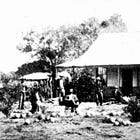
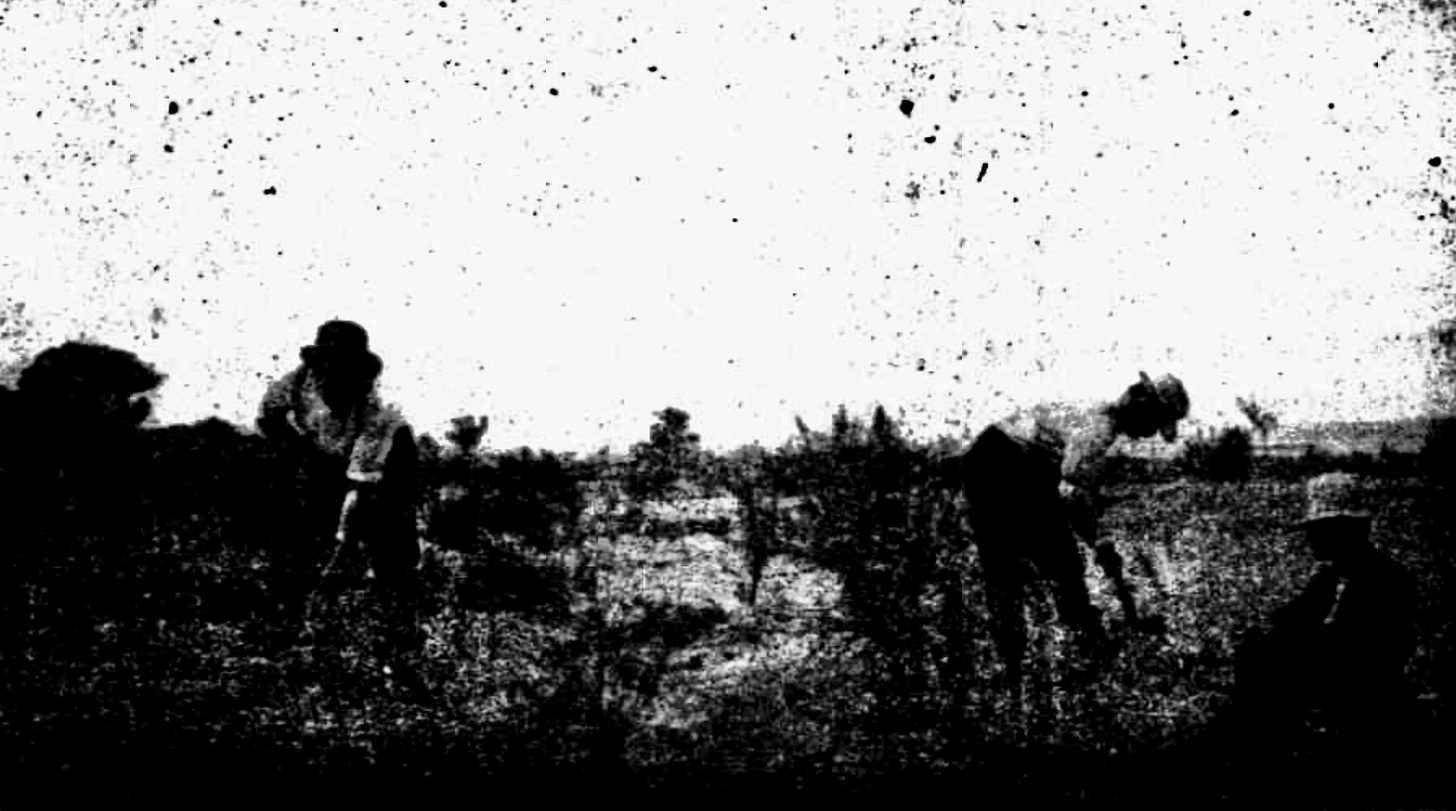
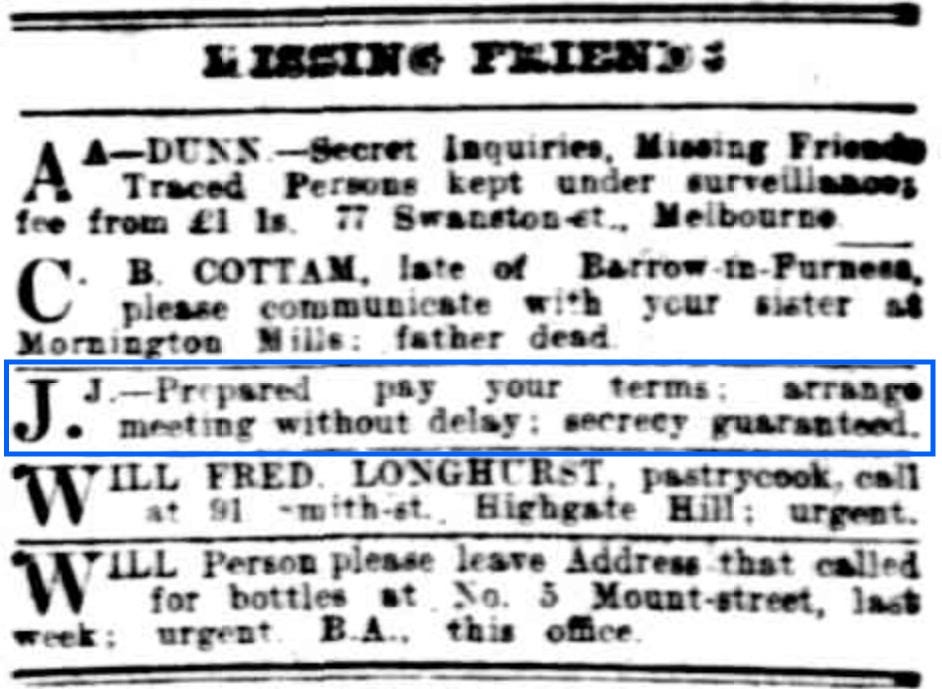


What a fabulous story and retelling! Thanks for pulling it together and sharing it with us!